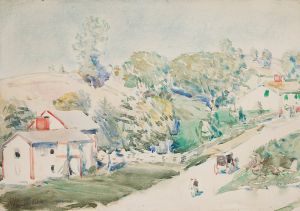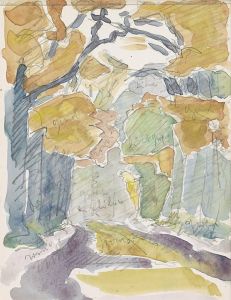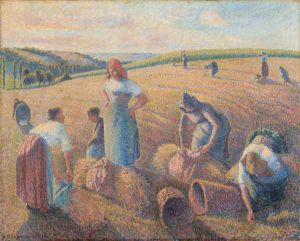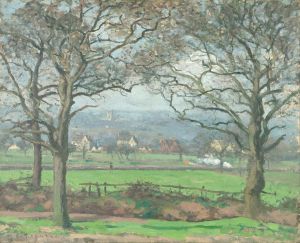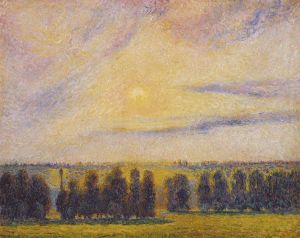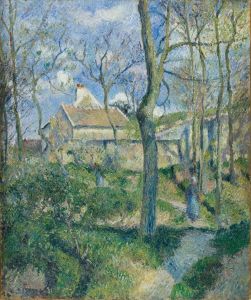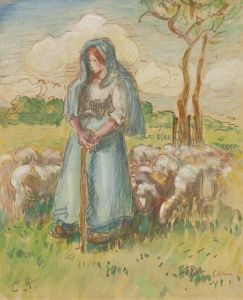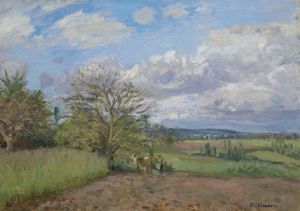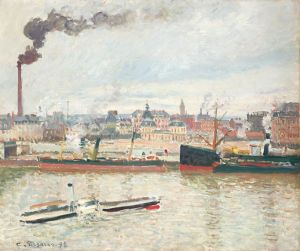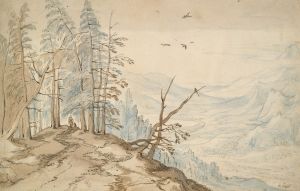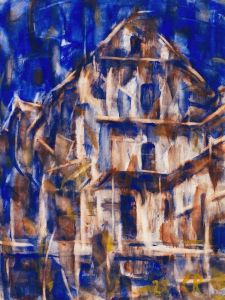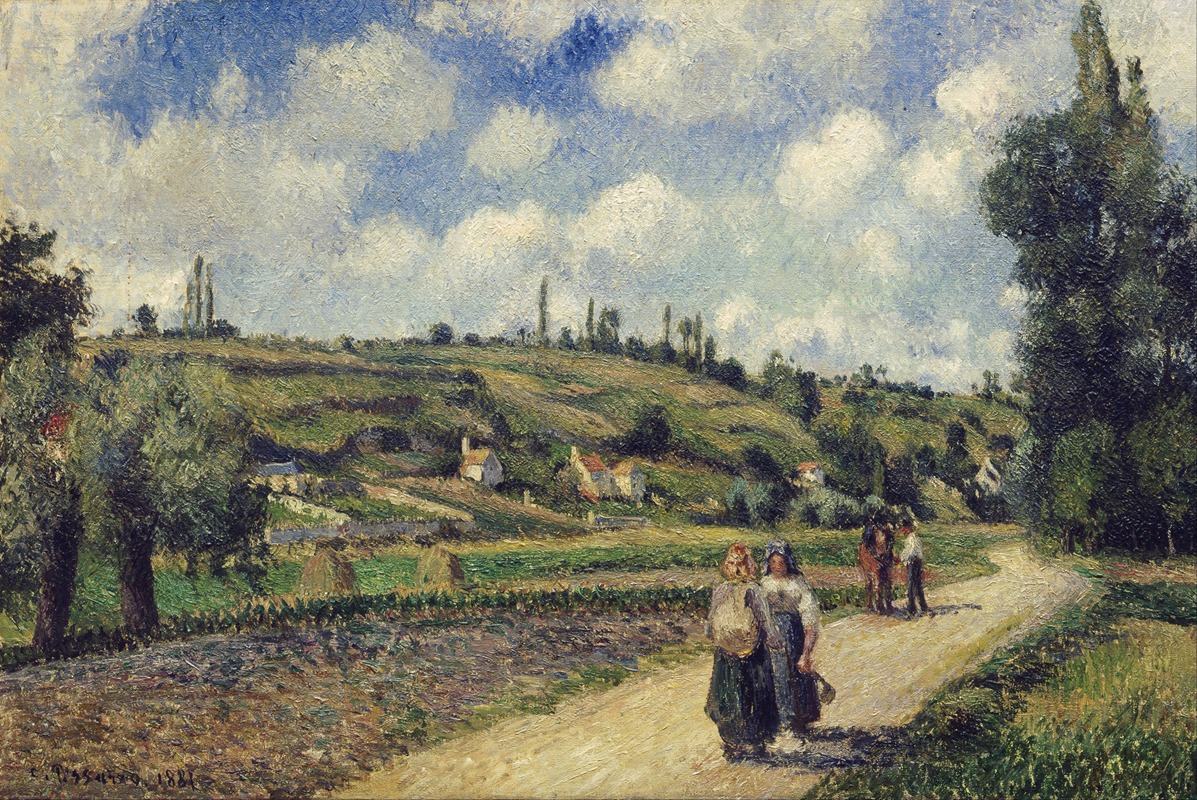
Landscape near Pontoise, the Auvers Road
A hand-painted replica of Camille Pissarro’s masterpiece Landscape near Pontoise, the Auvers Road, meticulously crafted by professional artists to capture the true essence of the original. Each piece is created with museum-quality canvas and rare mineral pigments, carefully painted by experienced artists with delicate brushstrokes and rich, layered colors to perfectly recreate the texture of the original artwork. Unlike machine-printed reproductions, this hand-painted version brings the painting to life, infused with the artist’s emotions and skill in every stroke. Whether for personal collection or home decoration, it instantly elevates the artistic atmosphere of any space.
"Landscape near Pontoise, the Auvers Road" is a painting by the renowned French artist Camille Pissarro, a pivotal figure in the Impressionist movement. Created in 1879, this work exemplifies Pissarro's dedication to capturing the essence of rural life and the natural environment through his innovative use of color and light.
Camille Pissarro was born on July 10, 1830, on the island of St. Thomas in the Danish West Indies. He moved to Paris in 1855, where he became deeply involved in the burgeoning Impressionist movement. Pissarro was known for his commitment to plein air painting, a technique that involves painting outdoors to capture the natural light and atmosphere of a scene. This approach is evident in "Landscape near Pontoise, the Auvers Road," where Pissarro's brushwork and color palette reflect the changing conditions of the natural world.
The painting depicts a rural scene near Pontoise, a commune in the northwestern suburbs of Paris. Pontoise was a frequent subject for Pissarro, who lived in the area for several years. The Auvers Road, which runs through the landscape, leads to the nearby village of Auvers-sur-Oise, another location favored by artists of the time, including Vincent van Gogh. The road serves as a central element in the composition, guiding the viewer's eye through the landscape and into the distance.
Pissarro's use of color in this painting is particularly noteworthy. He employs a palette of earthy tones and soft greens to convey the tranquility and simplicity of the rural setting. The brushstrokes are loose and fluid, characteristic of the Impressionist style, which sought to capture the fleeting effects of light and atmosphere. This technique allows Pissarro to convey the sense of movement and life within the landscape, as if the viewer is experiencing the scene firsthand.
The composition of "Landscape near Pontoise, the Auvers Road" is balanced and harmonious, with the road acting as a unifying element that ties together the various components of the scene. The trees and fields are rendered with a sense of depth and perspective, creating a realistic yet impressionistic portrayal of the countryside. Pissarro's attention to detail and his ability to capture the subtleties of light and shadow make this painting a masterful example of his work during this period.
Throughout his career, Pissarro was known for his commitment to depicting the everyday lives of rural people and the landscapes they inhabited. His work often focused on themes of labor and the relationship between humans and nature. In "Landscape near Pontoise, the Auvers Road," Pissarro captures the quiet beauty of the rural landscape, inviting the viewer to appreciate the simple yet profound connection between the land and those who live upon it.
This painting is a testament to Pissarro's skill as an artist and his dedication to the principles of Impressionism. It reflects his belief in the importance of capturing the natural world in its purest form, free from the constraints of academic tradition. "Landscape near Pontoise, the Auvers Road" remains an important work in Pissarro's oeuvre, celebrated for its beauty, technical mastery, and its contribution to the development of modern art.





